Thoughts in Black & White
When I go out to shoot street photography, I’m nearly always loaded up with black-and-white film. Lately, I’ve been thinking a lot about why that is. When I was a beginner on the streets, I quickly realized how many frames I needed to burn through to find one worthy shot. Making a great candid photograph is like battling a rigged claw machine: feeding it endless patience, nerve, and dumb luck, knowing most attempts will whiff. But when a scene reveals itself to the open-minded photographer, time bends as if it’s begging to be fossilized into existence—an exhilarating heist.
I wish I had some lyrical prose about why I chose this medium over color, like Ted Grant’s take on black-and-white photography: “When you photograph people in color, you photograph their clothes. But when you photograph people in black and white, you photograph their souls!”
But for me, black-and-white wasn’t a romantic choice. It was my only option if I wanted to improve. It’s more forgiving of exposure mistakes, and I could push the film speed to suit my needs. Just as importantly, it was cheaper to learn how to develop and digitize the negatives myself. I couldn’t afford to process all that film at a lab.
These days, though, my reasoning is different. I have a stronger relationship with my black-and-white photos because I spend more time and care on them. Once I load the film, it never leaves my hands. The ritual of developing, drying, scanning, curating, editing, and archiving is entirely my own, and it’s how I learn to improve. That’s the second part of photography, often seen as the chore of shooting film. But for me, it’s the beauty of it: spending extended time with binders full of my little chemical miracles.
Black-and-white will always feel like home. I shoot faster, shoot more, and think less.
These photos are from a Chicago trip in Spring 2024 where I had two goals: break a dry spell (I hadn’t been shooting much, let alone developing), and experiment with Kodak HC-110 after years as a Rodinal evangelist. Patrolling around the loop and riverwalk has been a reliable bet for finding scenes that interest me but this time I added the Lincoln Park zoo to my route as a change of pace.
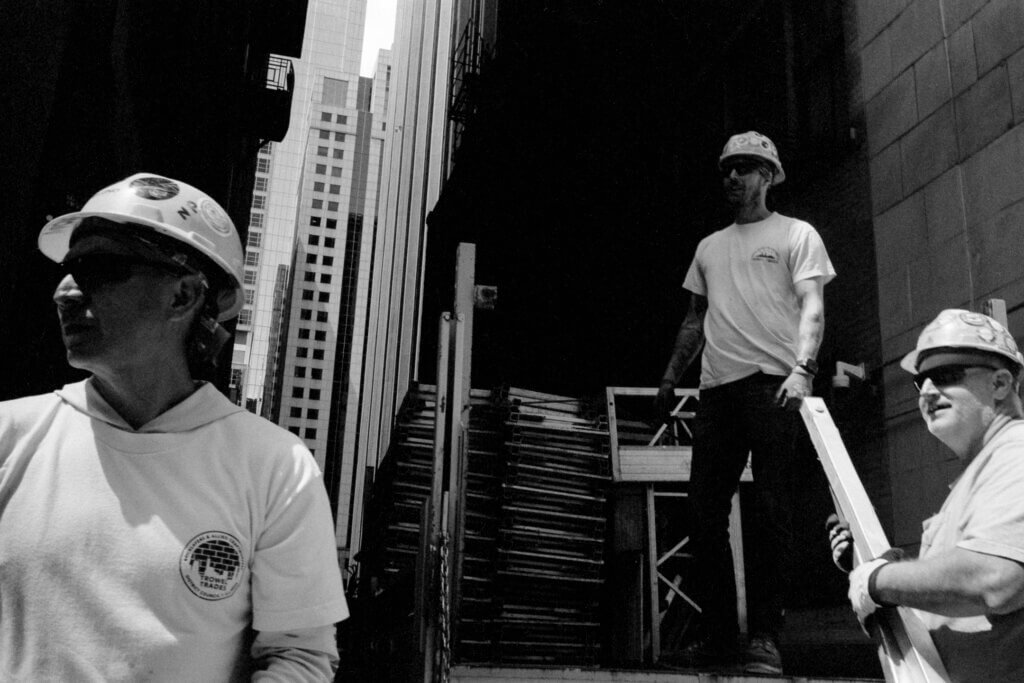
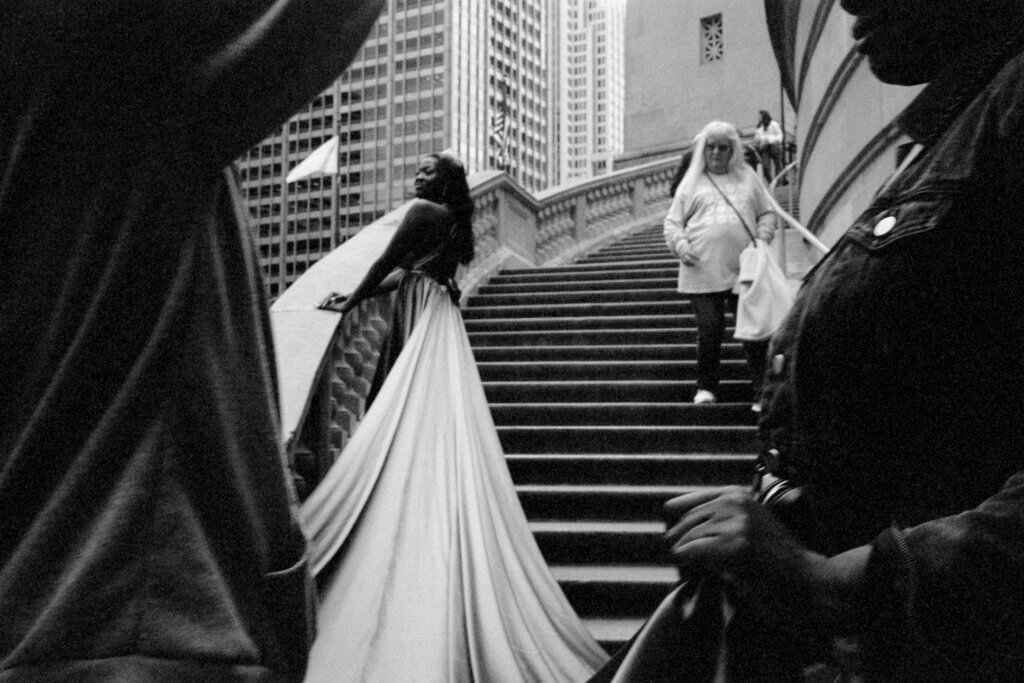
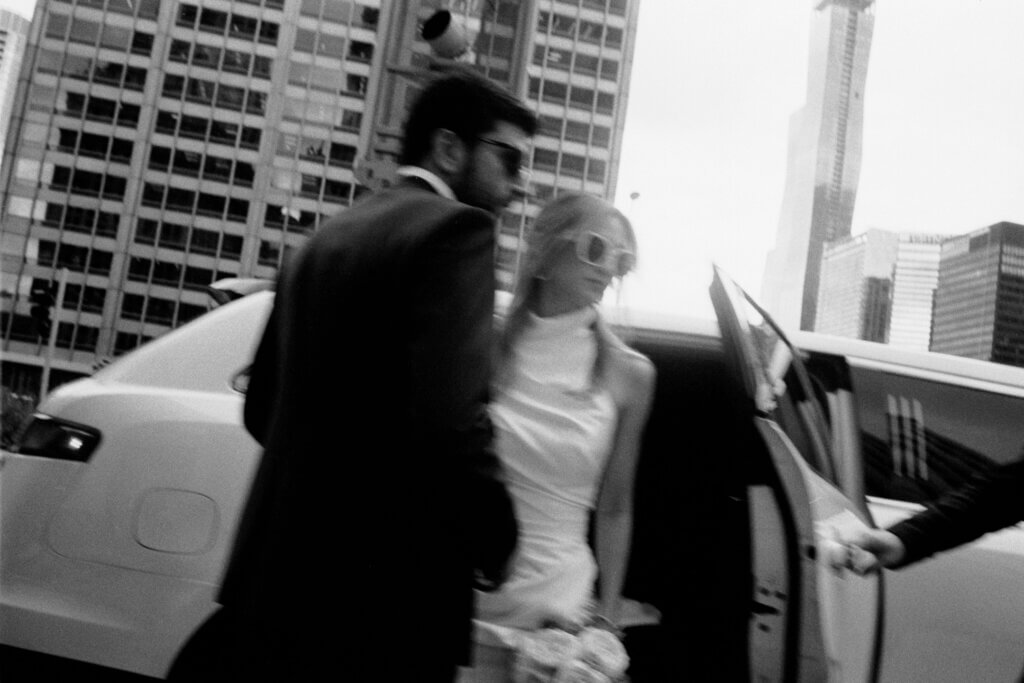
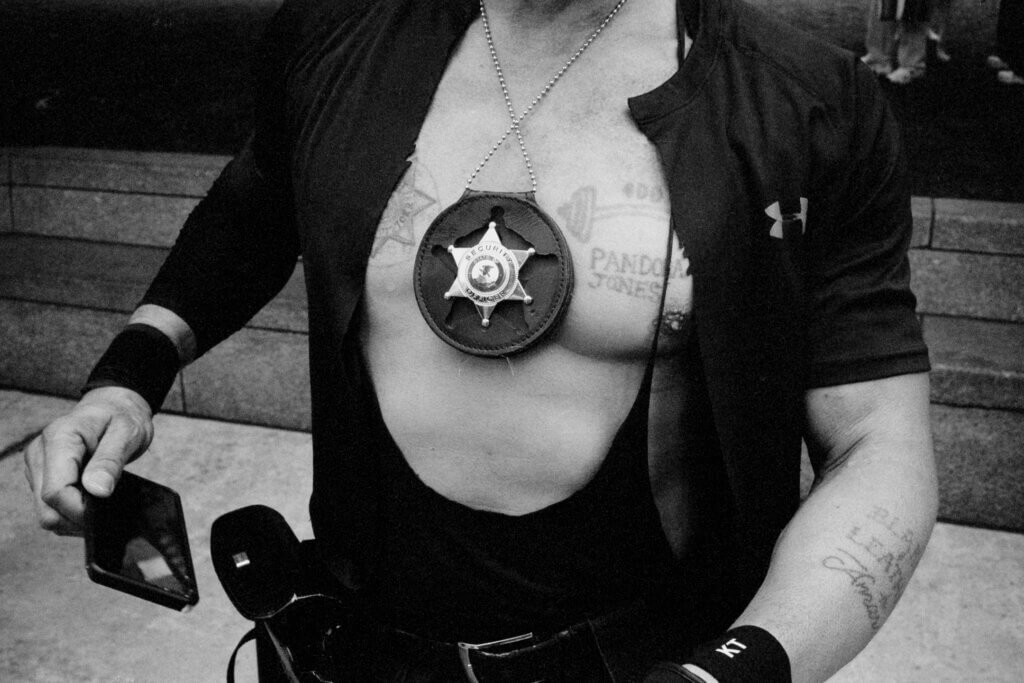
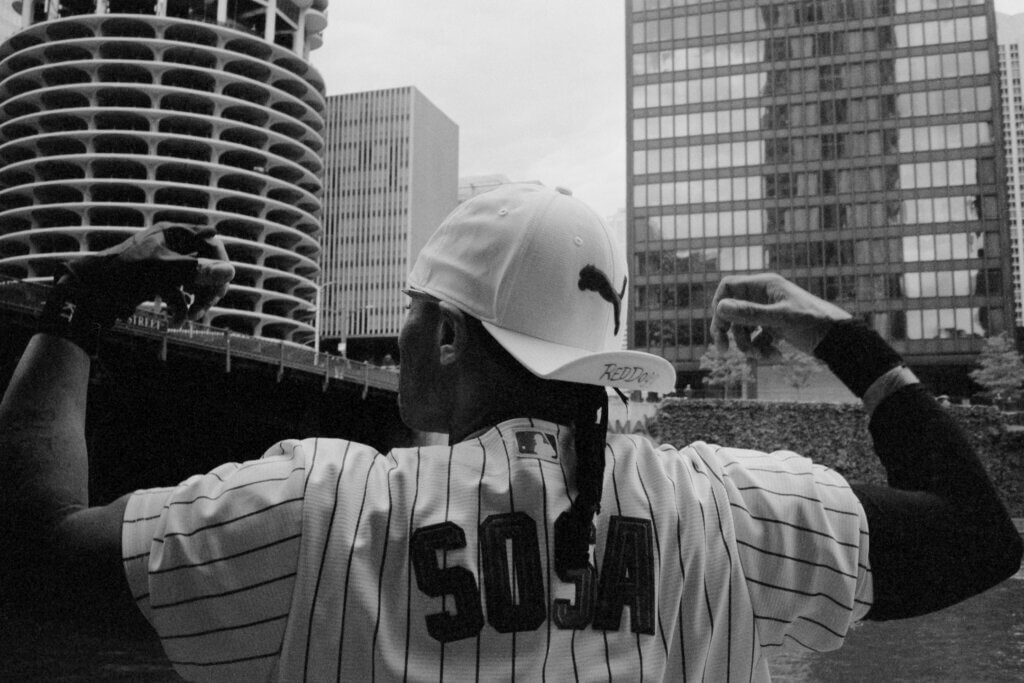
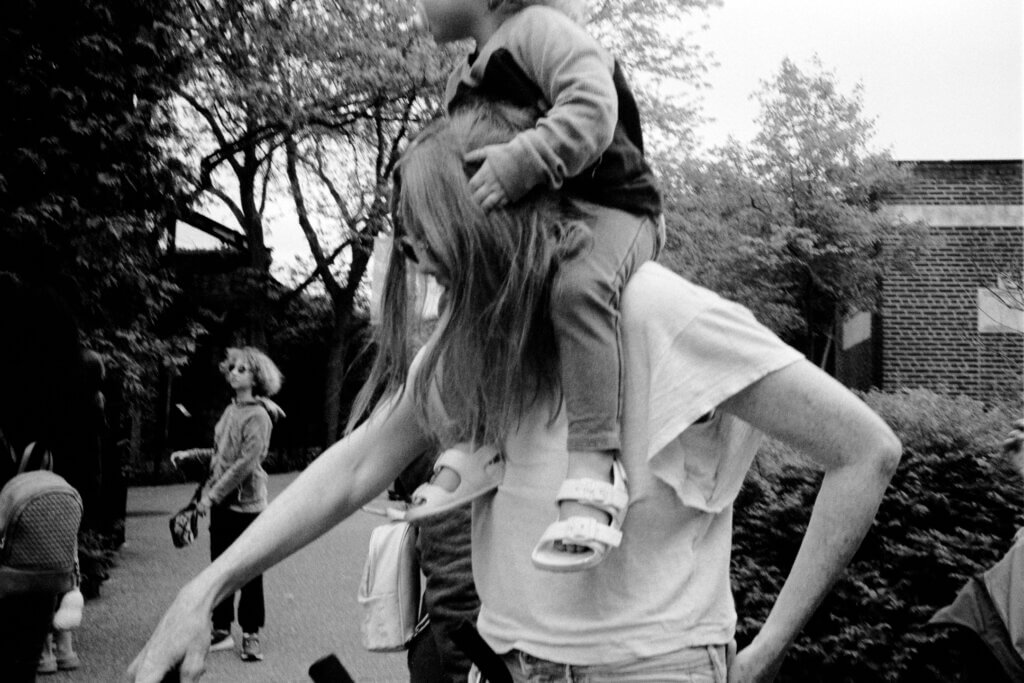
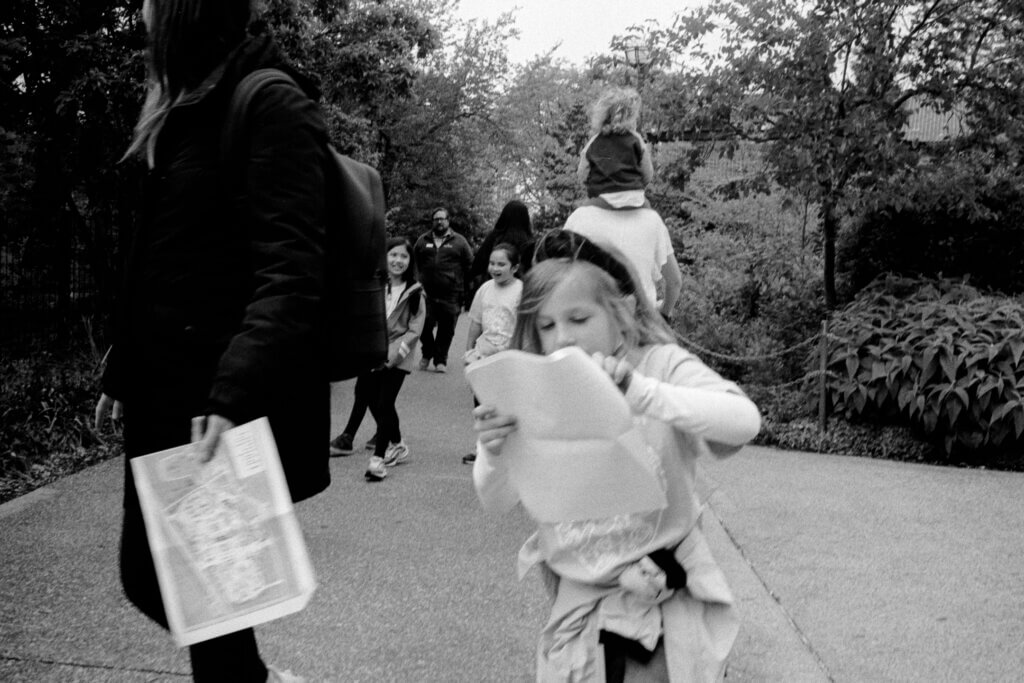

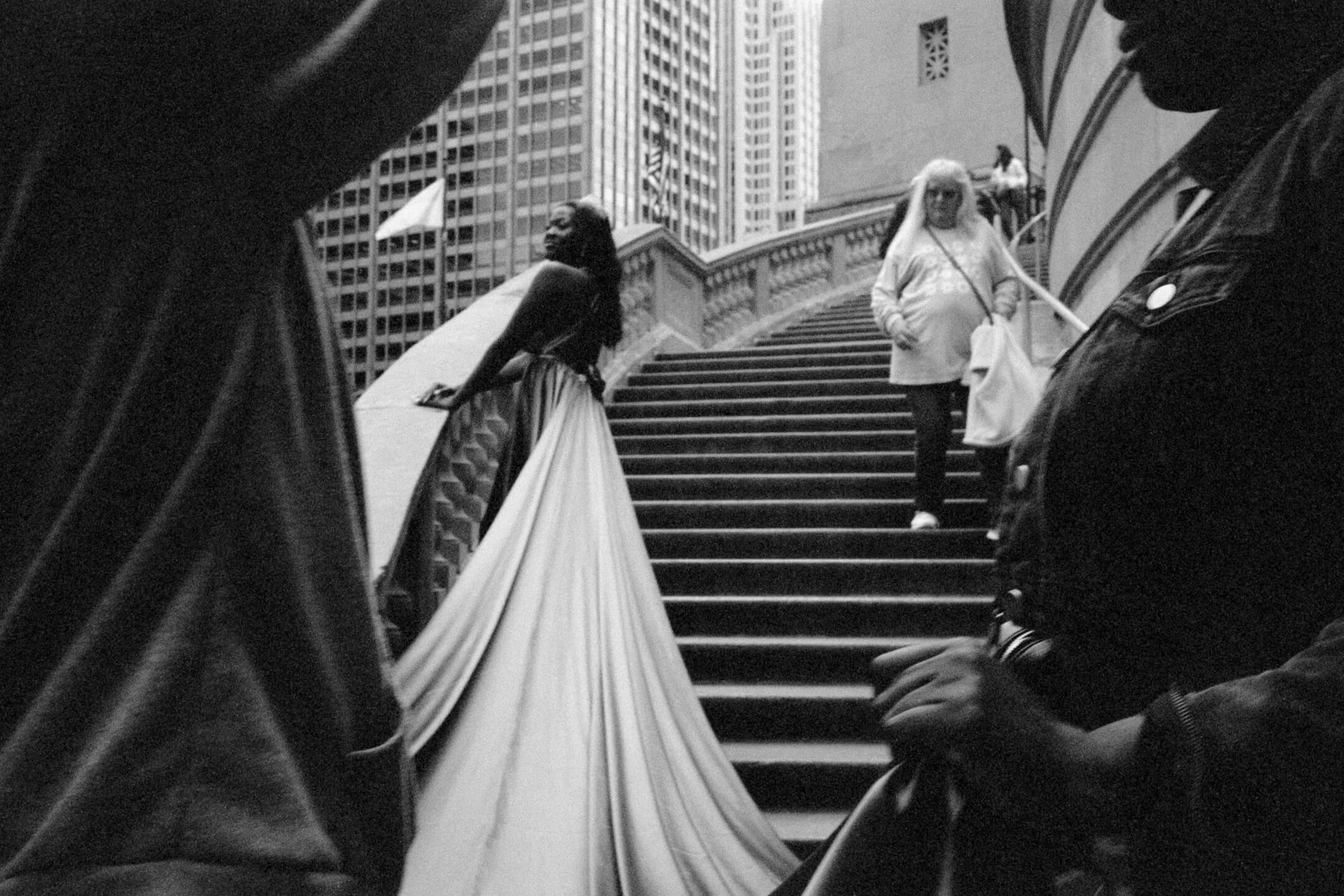
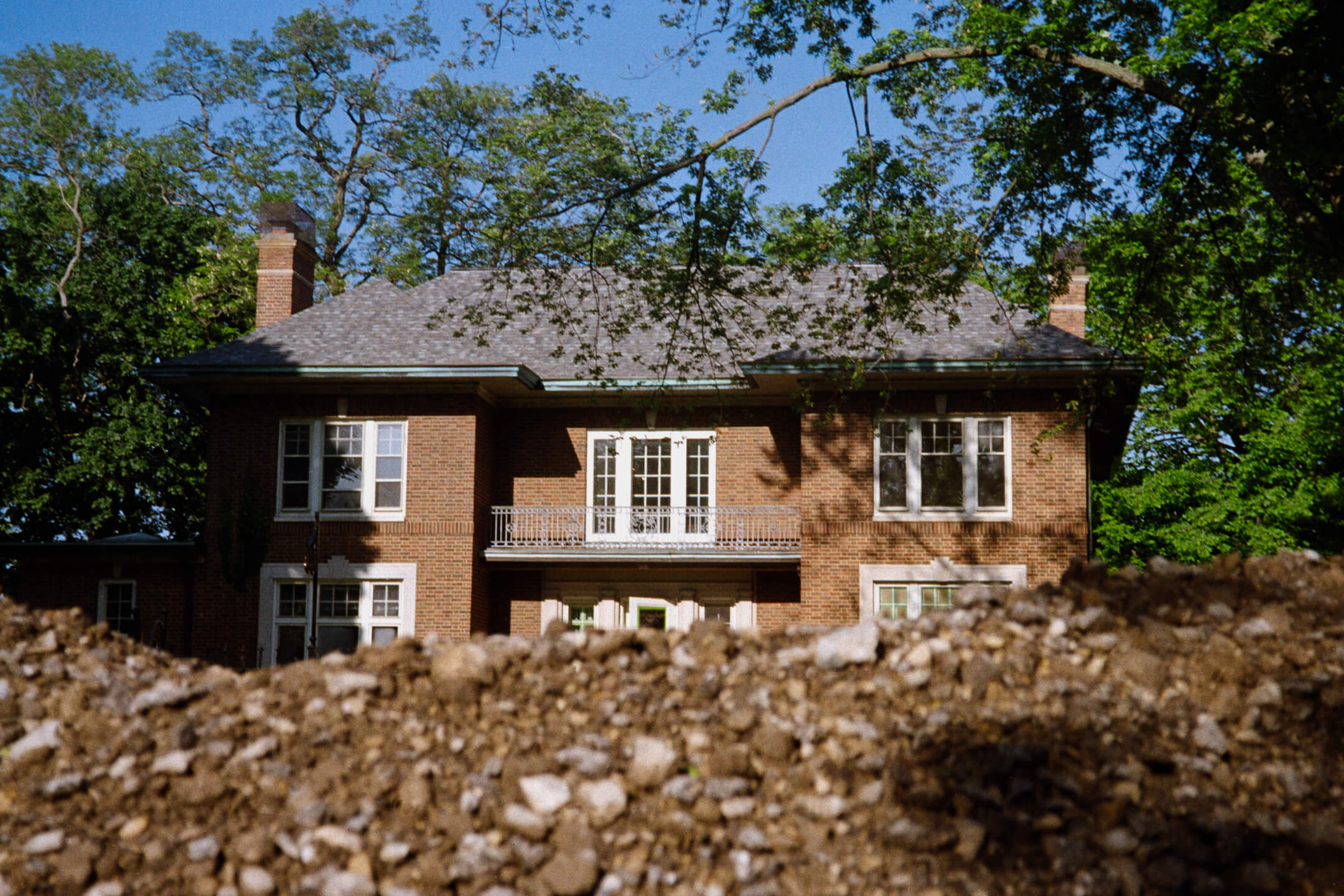
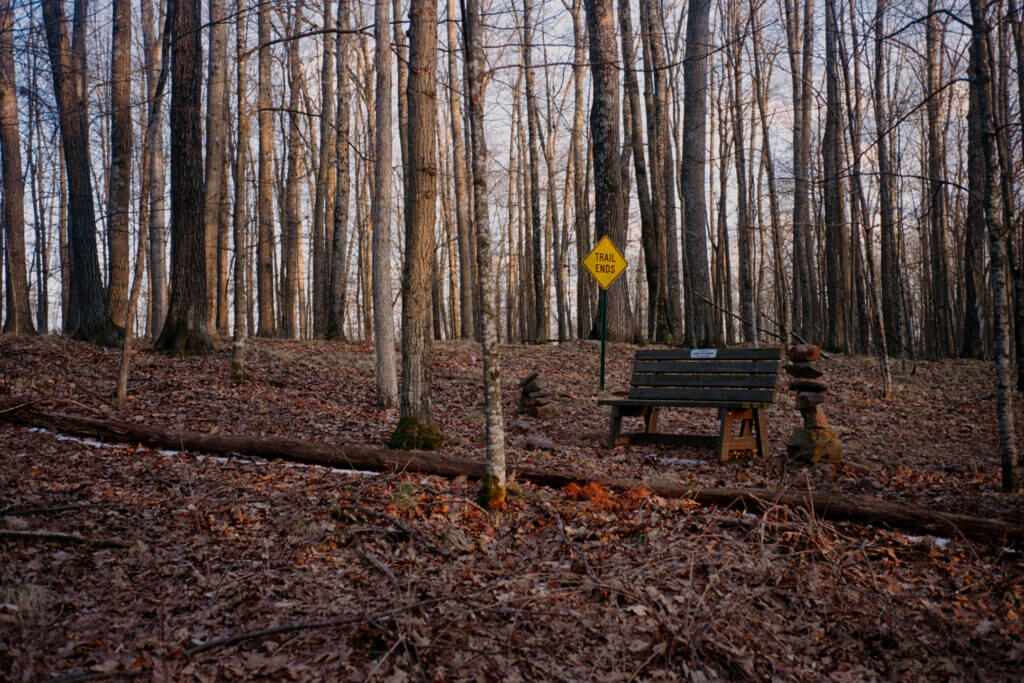
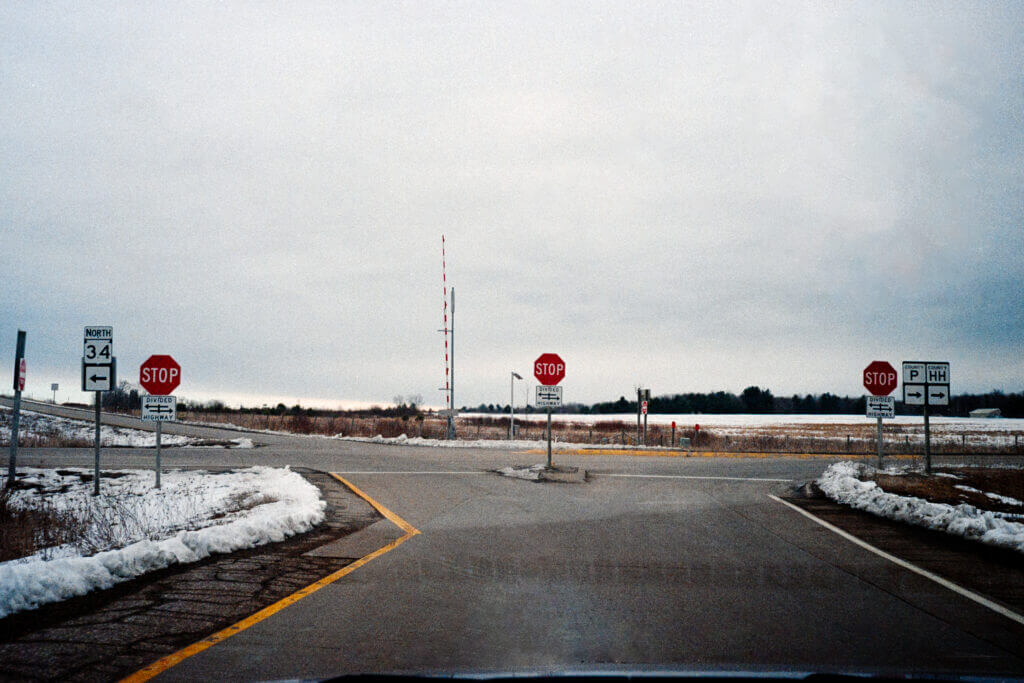
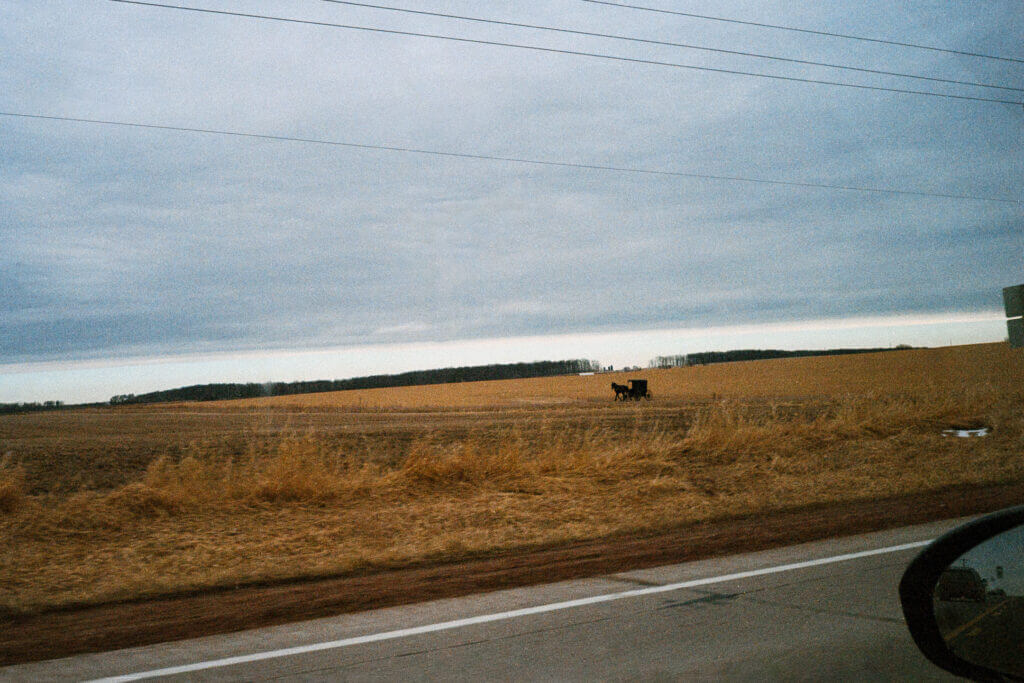
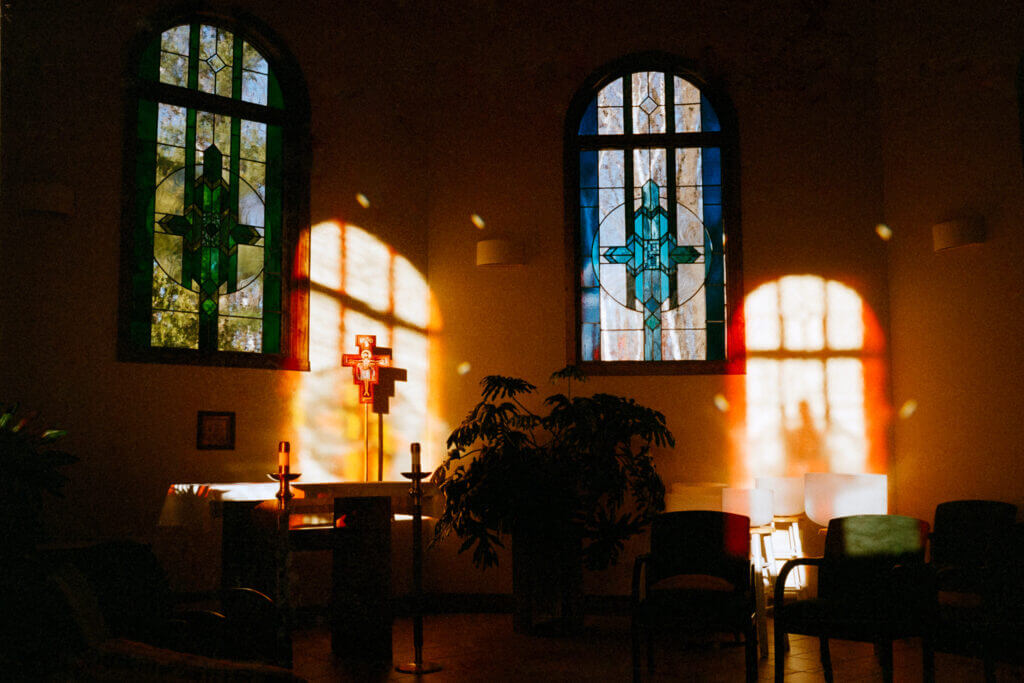
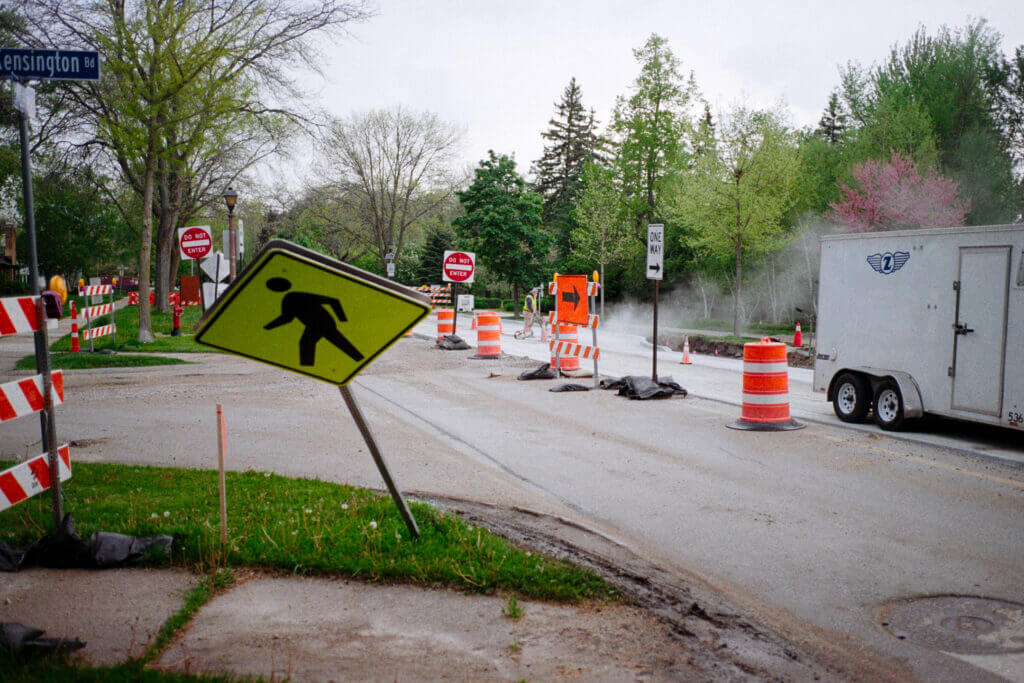
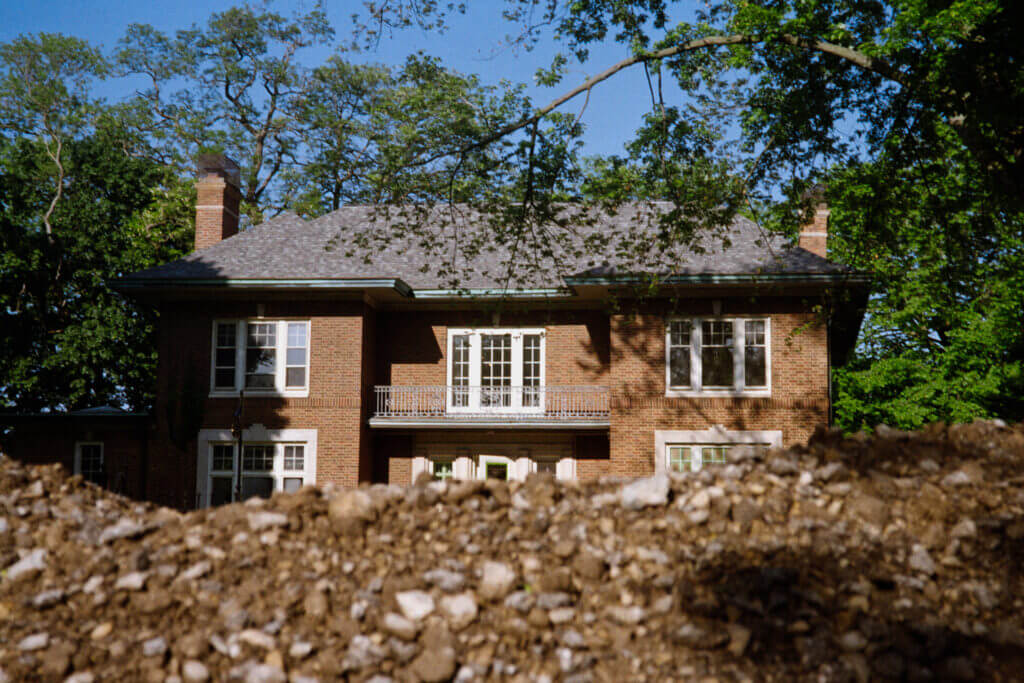
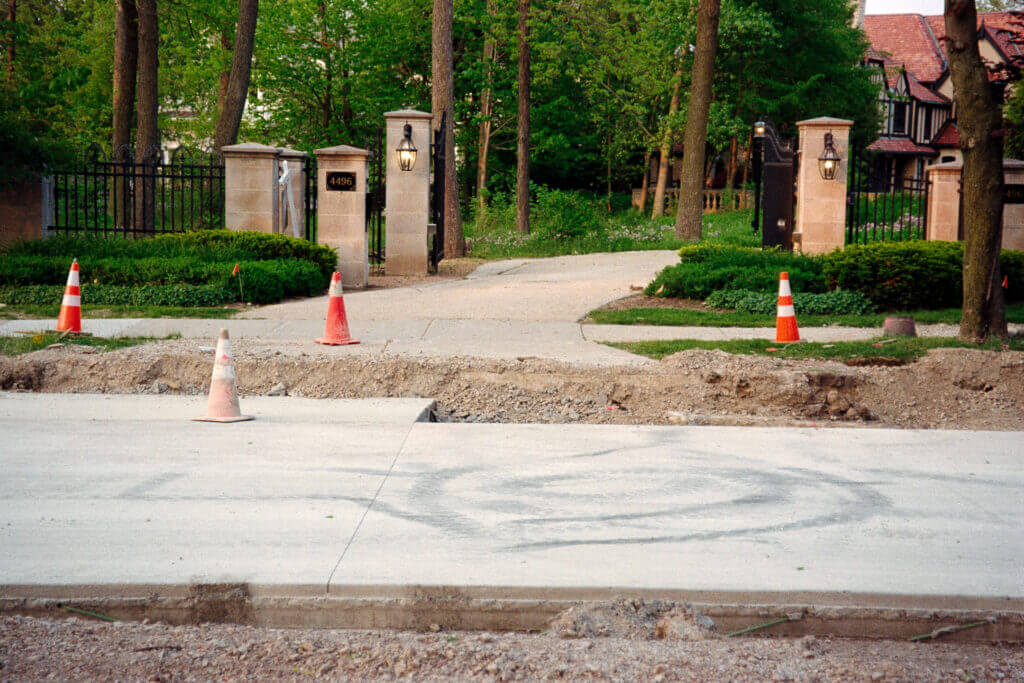
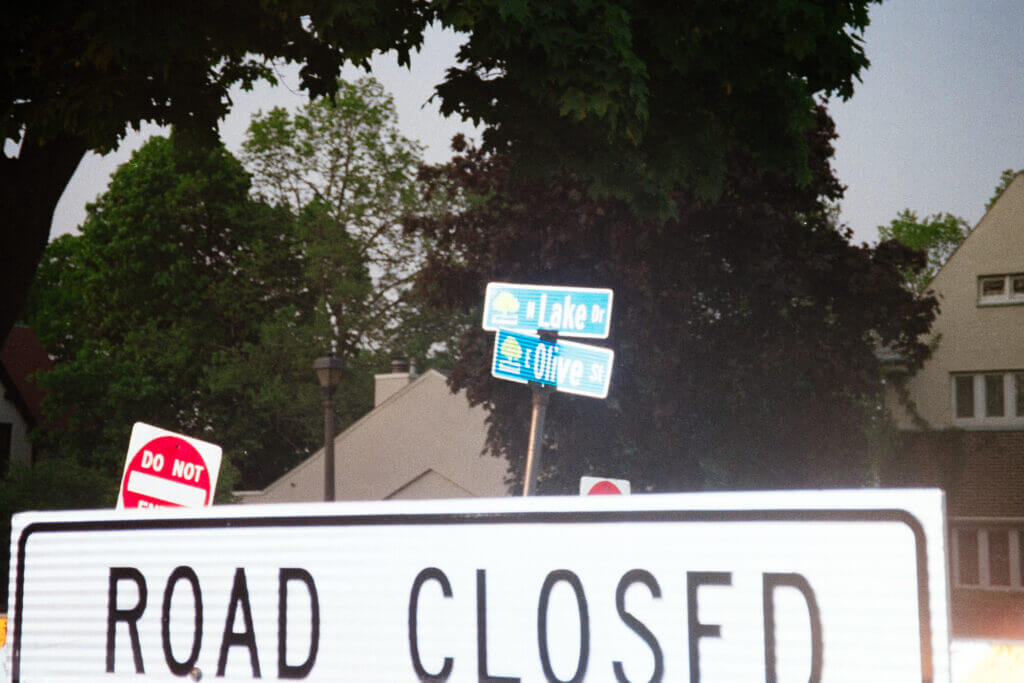
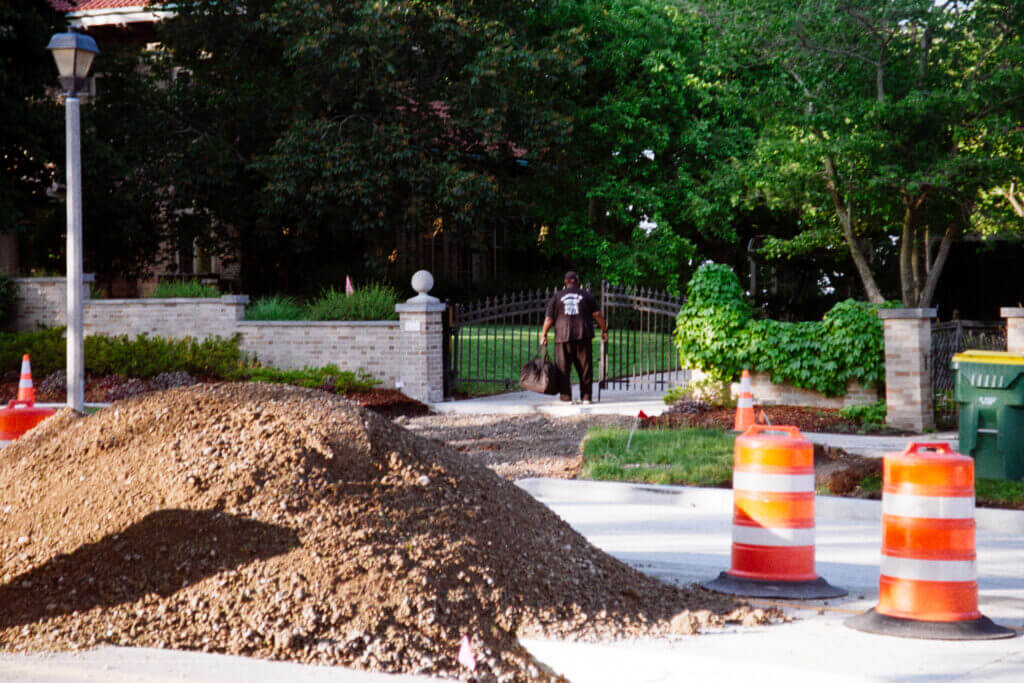
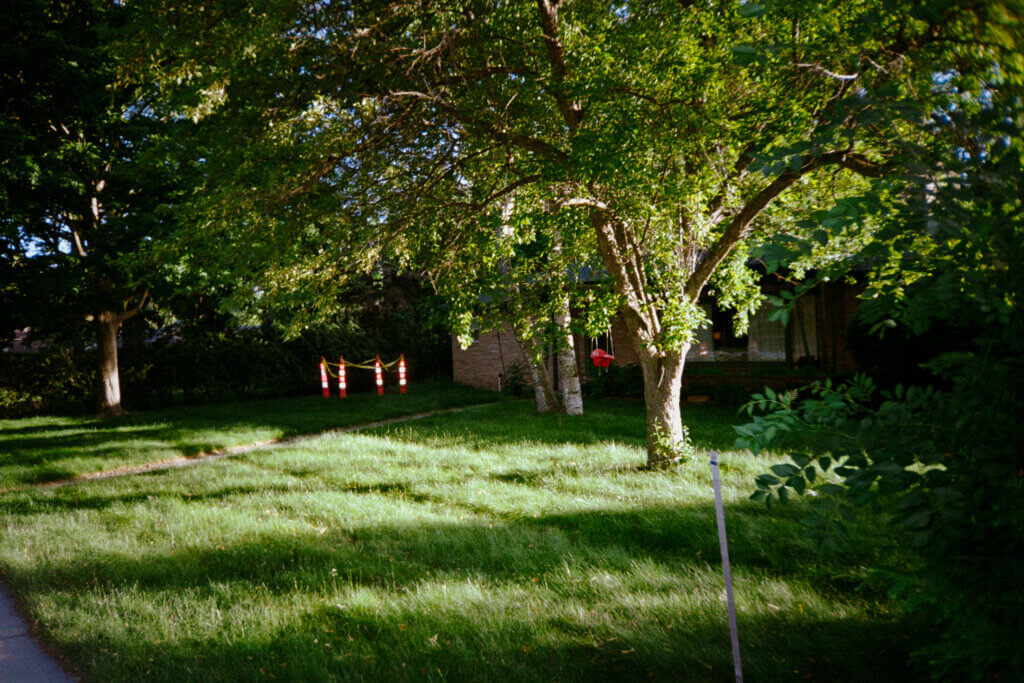
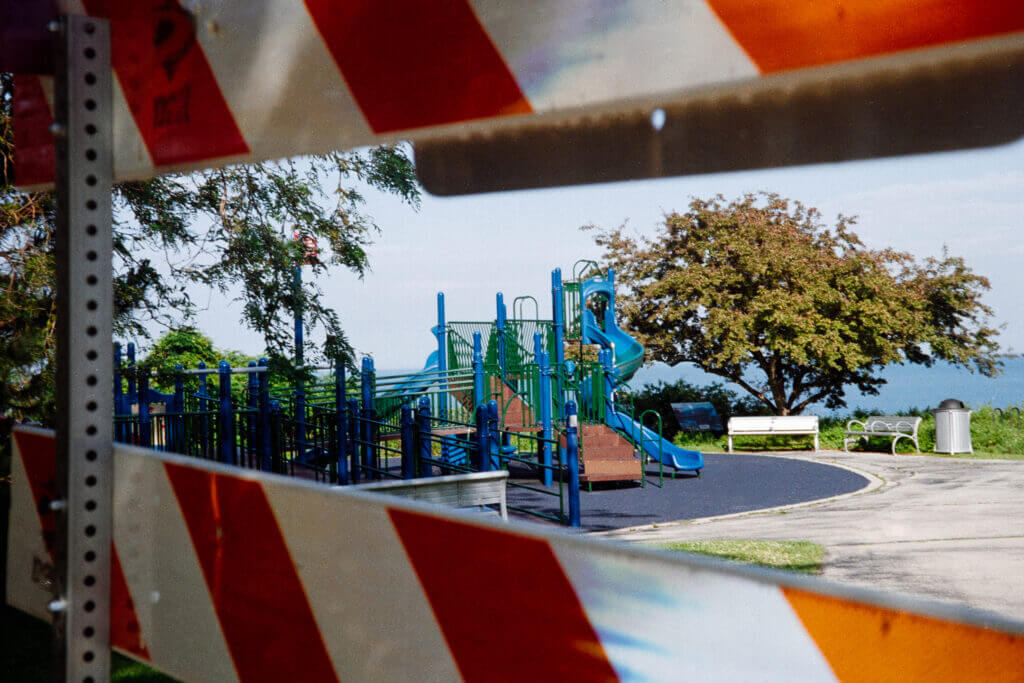
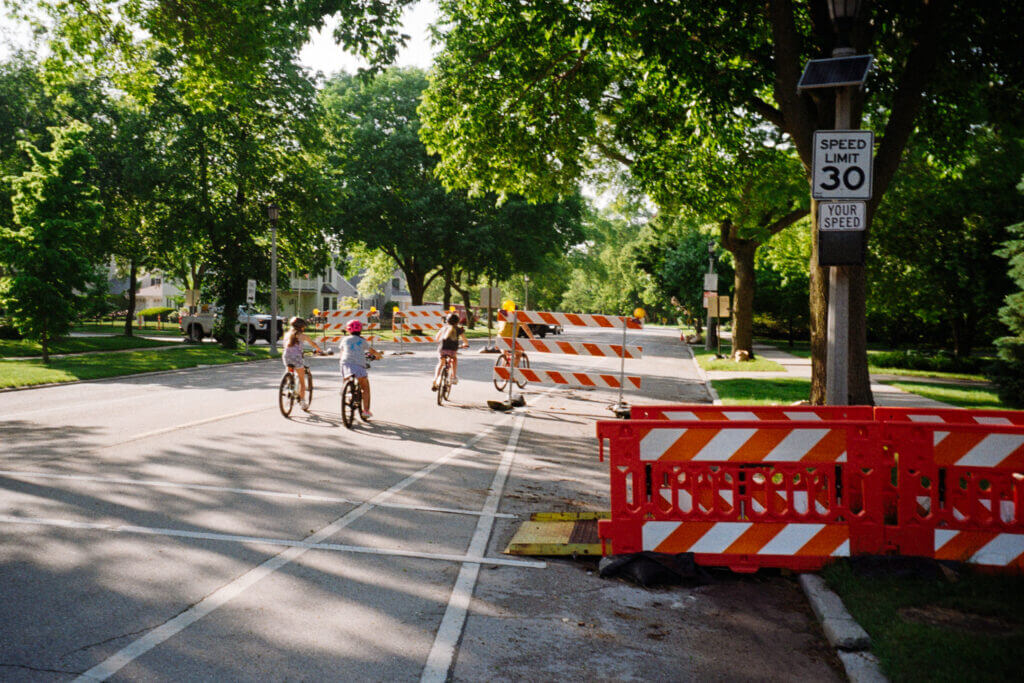
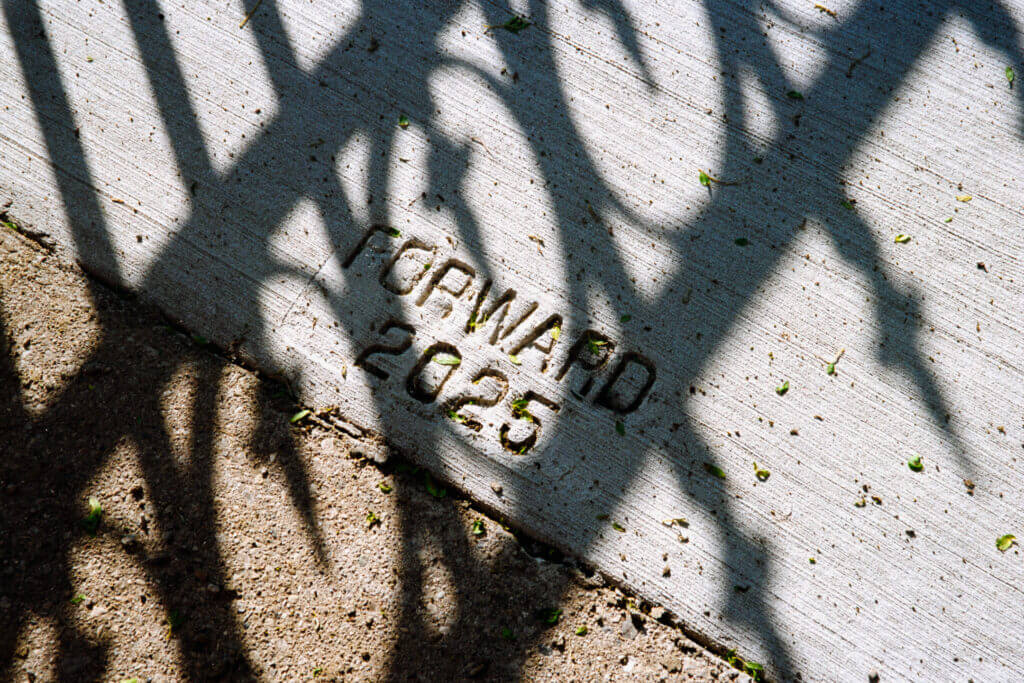
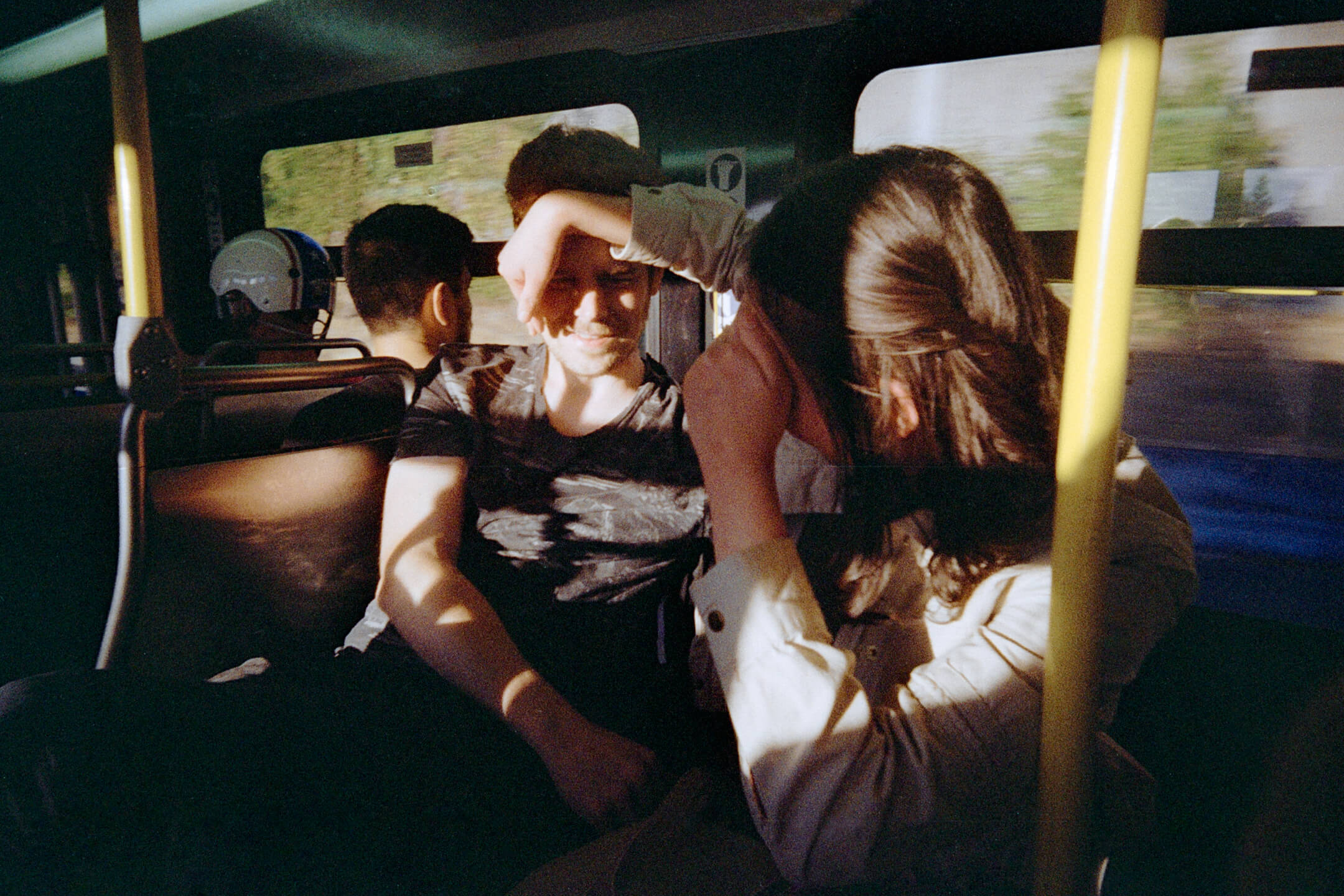
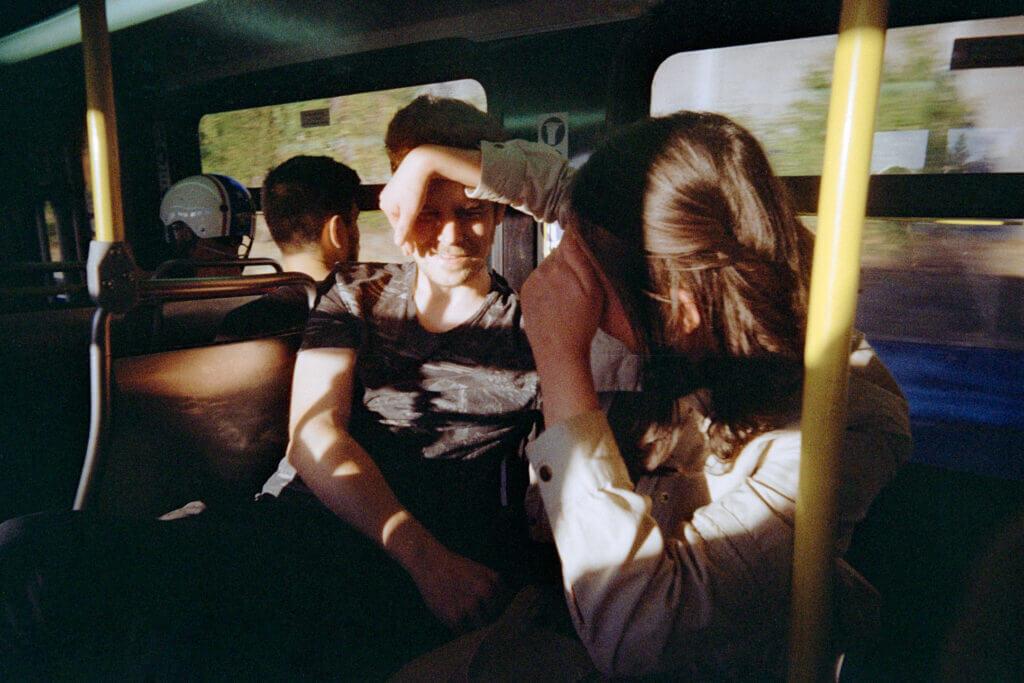
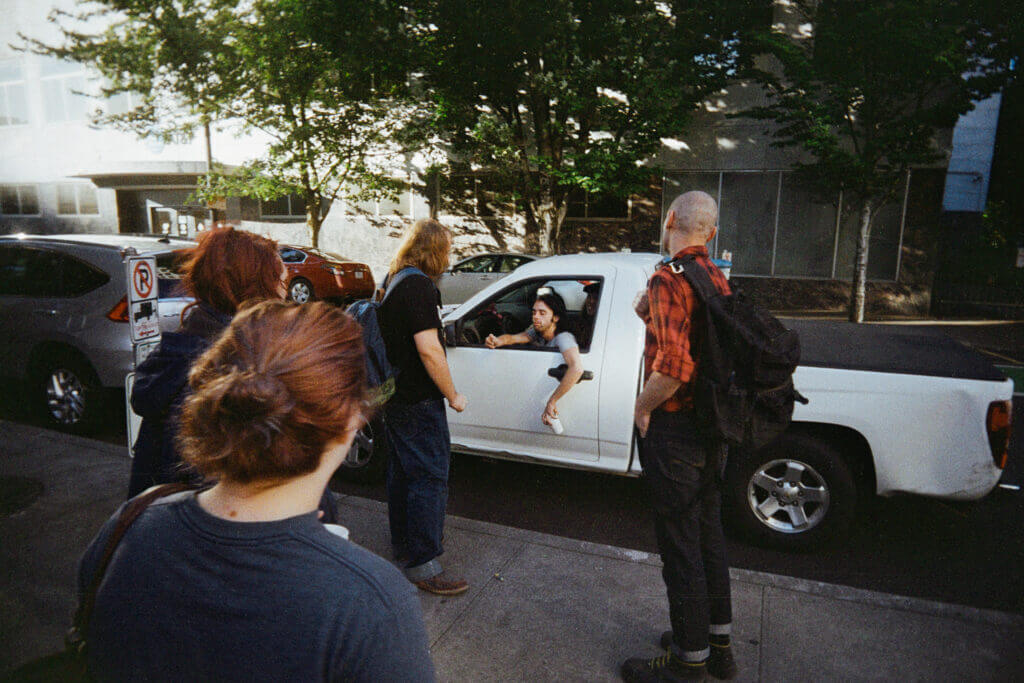

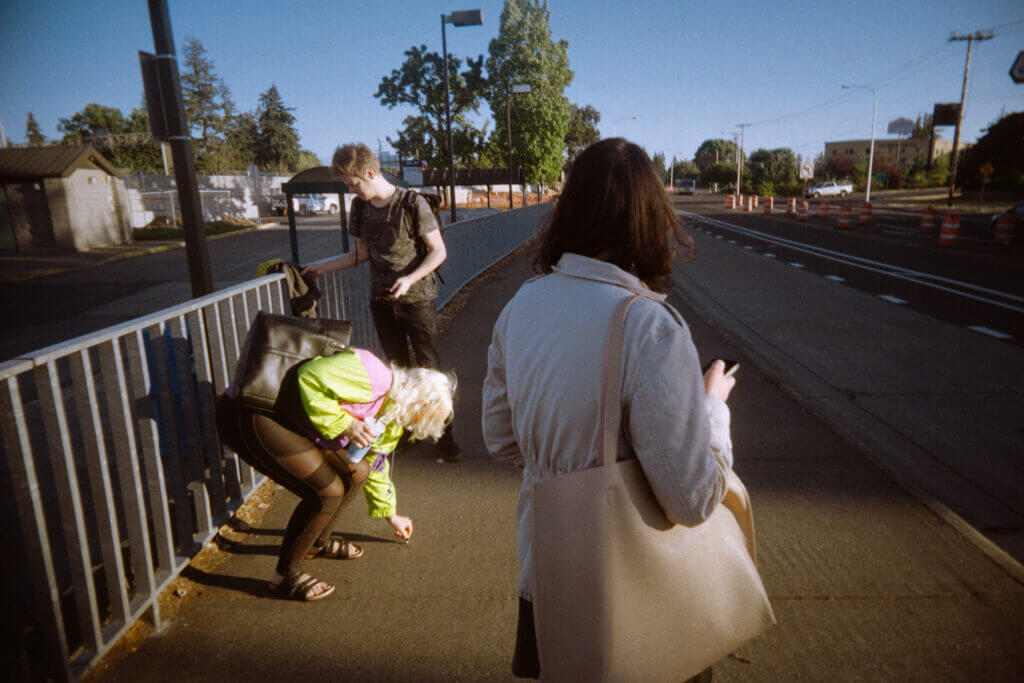
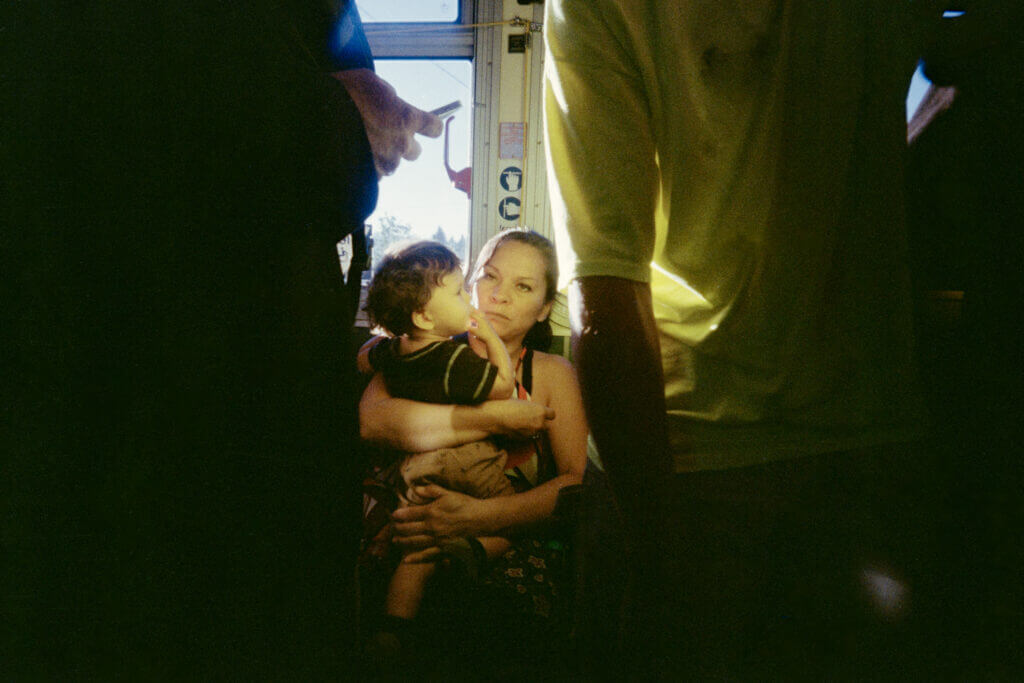
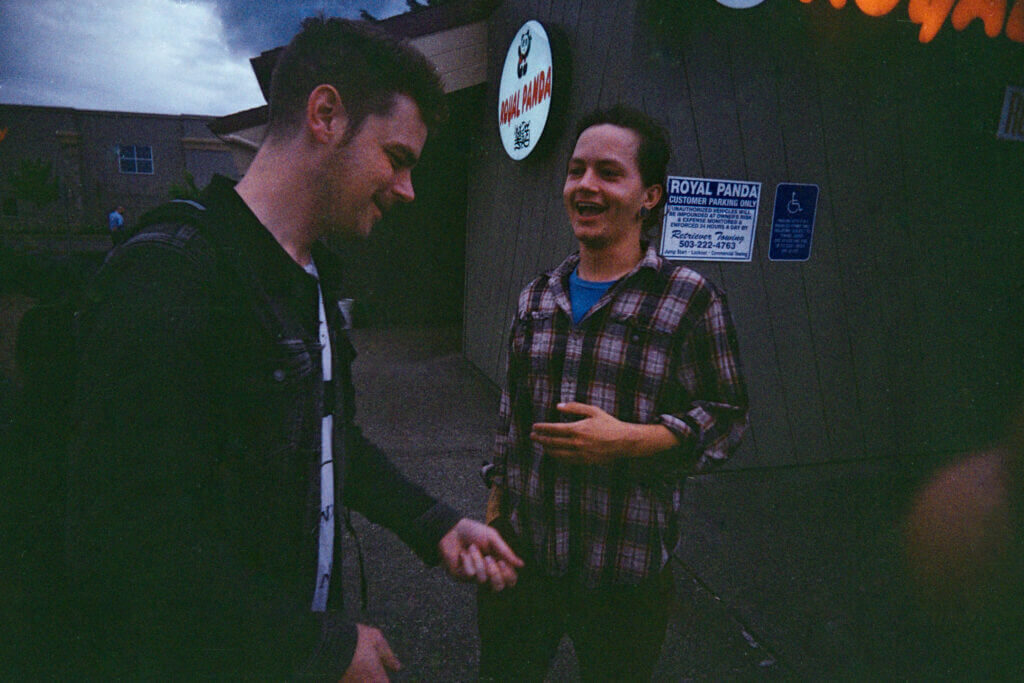
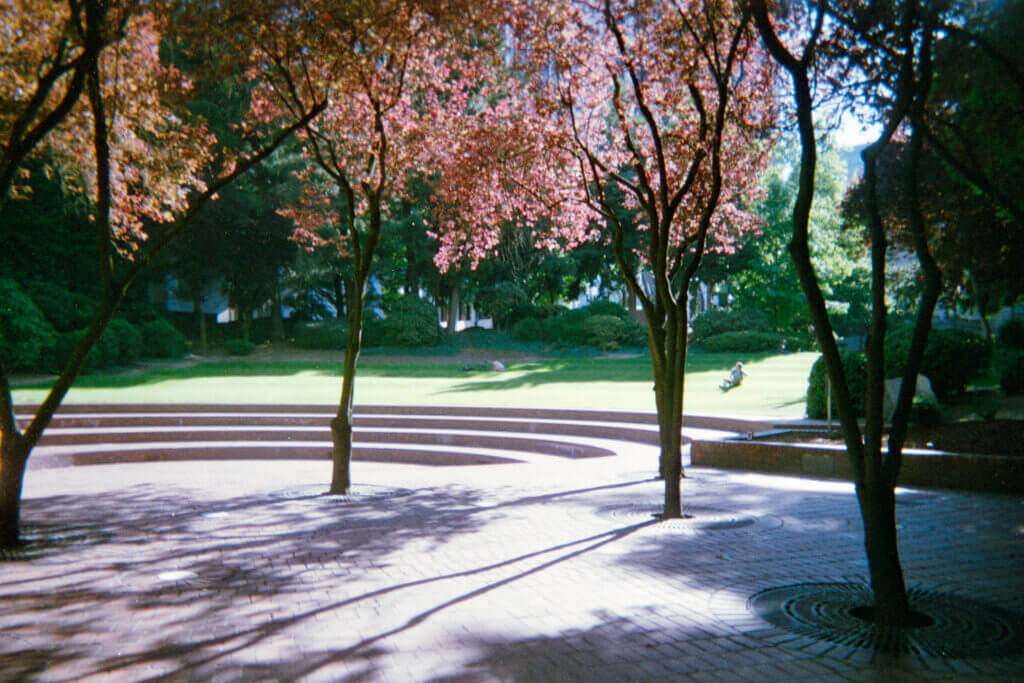
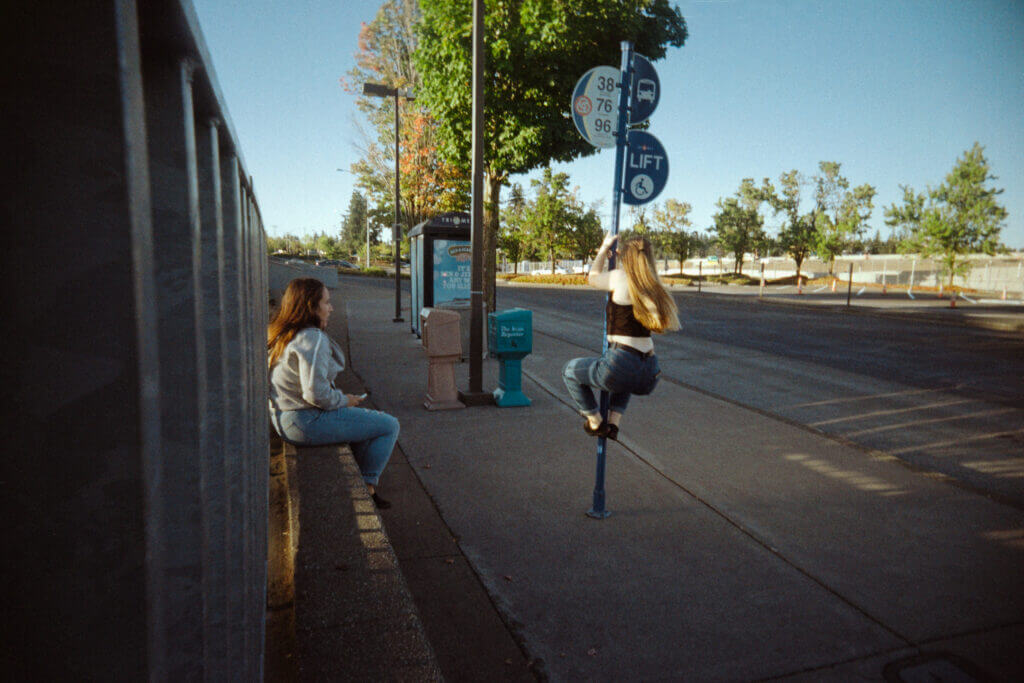
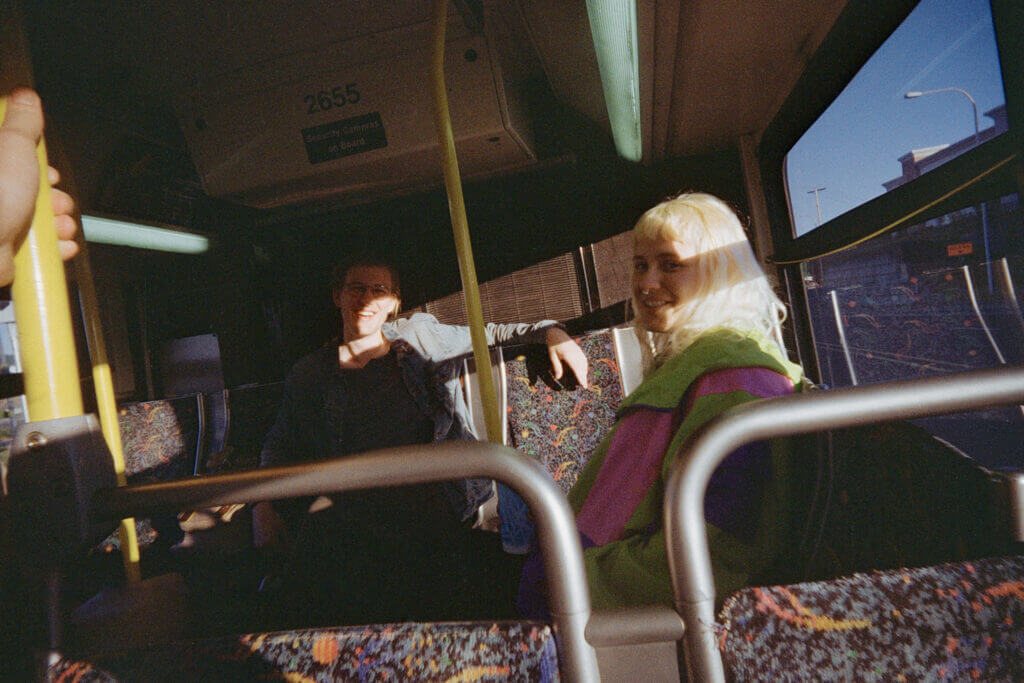
Leave a Reply